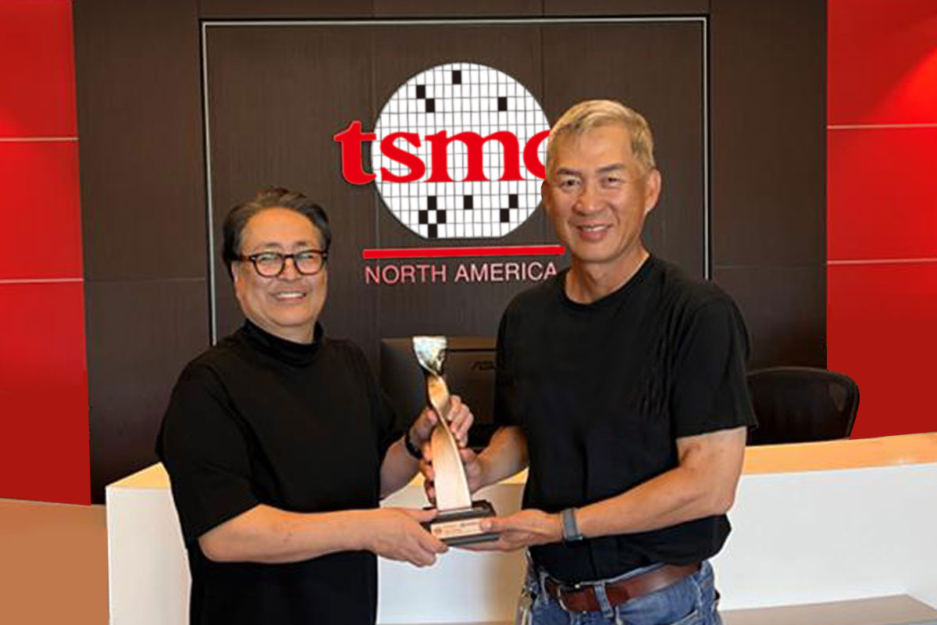5 Easy Facts About ambiq singapore office Described
5 Easy Facts About ambiq singapore office Described
Blog Article

Industrial and IoT Apollo microprocessors present intelligence, dependability, and safety for your battery-driven endpoint devices in the commercial surroundings to help you execute vital responsibilities such as health monitoring and preventive routine maintenance.
“The usage of the Arm Cortex-M4 processor and Arm Artisan Bodily IP allows Ambiq to deliver an often-on consumer expertise, such as rich graphics and voice processing, for endpoint devices where ultra-small ability use is significant.”
Armstrong and Aldrin blast off and dock with Collins in Columbia. Collins afterwards says that “for the first time,” he “genuinely felt that we were being going to carry this issue off.”
Proficiently observe timelines and dependencies, possibly in only one project or across all Energetic assignments.
After substantial debate within just NASA, it absolutely was determined in late 1962 that lunar missions might have a "lunar orbit rendezvous" method whereby the whole Apollo spacecraft could well be propelled towards lunar orbit through the third phase with the start vehicle, the S-IVB. As soon as in lunar orbit, the astronauts who would land would enter what was then generally known as the Lunar Tour Module, which might individual from the remainder of the spacecraft, land, and after taking off once more be discarded after the crew had transferred back again.
The descent stage on the LM Eagle continues to be within the Moon. In 2009, the Lunar Reconnaissance Orbiter (LRO) imaged the different Apollo landing sites about the area of the Moon, for The very first time with enough resolution to begin to see the descent stages in the lunar modules, scientific devices, and foot trails produced by the astronauts.
The technology is used in the Apollo family members of microcontrollers which has resulted in chips that will function all the way down to 30uA/MHz in Lively manner and 100nA in standby.
The pause involving these actions would give time for your crew to escape by means of the Start Escape Tower or (within the later on phases of your flight) the propulsion system in the Assistance module. A 3rd command, "safe", was utilized following the S-IVB phase attained orbit to irreversibly deactivate the self-destruct process. The procedure was inactive so long as the rocket was nevertheless about the start pad.[seventy five] Startup sequence[edit]
This can be the LM pilot. I might choose to consider this opportunity to question just about every human being listening in, whoever and wherever they may be, to pause for any minute and ponder the gatherings of your earlier few hours and to give thanks in their very own way.[134]
With President John F. Kennedy’s deadline approaching for landing a person to the Moon by the top of the decade, NASA Associate Administrator for Manned Area Flight George E. Mueller decided on a bold technique with the Saturn V rocket’s to start with flight. Rather than the more conservative way of 1st tests each rocket stage individually, and after that flying the complete rocket, he chose the “all-up” method, during which every one of the rocket’s phases can be examined on an individual flight.
Engineers concluded a series of integrated checks to get ready the automobile for its rollout towards the start pad. Meanwhile, within the VAB’s High Bay three, on March 29, employees stacked the S-IC first phase in the SA-502 vehicle on ML-two to the Apollo 6 mission, A different uncrewed examination of the Saturn V rocket and Apollo spacecraft planned for early 1968. After a stack-destack-restack spherical at first using the S-II spacer due to the late arrival of the S-II stage, staff finished assembling the a few-stage rocket for Apollo six on July 14, marking The 1st time that two Saturn V rockets stood aspect by facet while in the VAB.
Apollo gets current just about every week to add new features to help make your staff a lot more productive. See it yourself about the blog site, Creating Apollo.
Saturn V[a] is a retired American super large-elevate start auto developed by NASA under the Apollo system for human exploration in the Moon.
Additionally, it will eventually aid The expansion of its existing group, that focuses on developing future-technology semiconductor technological innovation created upon its proprietary System Location®, Subthreshold Electricity Optimized Engineering.
Get Smart. Use Less Energy.
Ultra-low power SoCs for IoT endpoint devices
that demand complex operations
and longer battery Ambiq life.
✍ Ambiq® is committed to further improve the quality of life by enabling the intelligence of endpoints while further reducing carbon footprints. Ambiq – your partner in endpoint intelligence.
✯✯✯Based in Austin, San Jose, Hsinchu, Shenzhen, and Shanghai, our leadership and management teams consist of advocates, builders, enthusiasts, entrepreneurs, explorers, incubators, inventors, pioneers, protectors, thinkers, and visionaries. With a diverse spectrum of experiences and skillset, we came together and united with one goal to enable the true Internet of Things where the battery-powered endpoint devices can truly be connected intuitively and intelligently 24/7.
Ambiq Wins the Demo of the Year Award at 2023 TSMC Technology Symposium
September 7, 2023, Austin, TX – Ambiq®, a leading developer of ultra-low-power semiconductor solutions that deliver a multifold increase in energy efficiency, was awarded the Demo of the Year Award by TSMC as a participant of the Innovation Zone at the 2023 TSMC North America Technology Symposium.
Ambiq Wins the Demo of the Year Award at 2023 TSMC Technology Symposium
During the April event, Ambiq showcased various product design wins using TSMC’s 22nm technology in wearables, digital health, smart home, Industrial IoT, pet trackers, and retail segments, with industry-leading energy efficiency. Ambiq also featured two live demos emphasizing its leadership in enabling endpoint AI with its HeartKit™ for remote patient monitoring and its graphics display capabilities for a vivid user interface. 
TSMC pioneered the pure-play semiconductor foundry business model when it was founded in 1987, helping startup companies accelerate their innovations by providing access to the industry’s leading process technologies and manufacturing capacity. Since 2021, TSMC has expanded that mission with an Innovation Zone at its worldwide Technology Symposiums, highlighting how TSMC partners with startup companies to enable cutting-edge products from various applications, including high-performance computing, communication, automotive, IoT, and consumer segments.
“We’re grateful to TSMC and our booth visitors for allowing us to share our energy-efficient technology and processor solutions with them,” said Ambiq’s CEO, Fumihide Esaka. “We’re moving towards an exciting frontier of AI becoming more engrained with our daily lives. With that vision on the horizon, we will continue to develop innovative and first-of-its-kind ultra-low-powered solutions that keep innovation and sustainability in mind. 
Ambiq’s mission is to develop the lowest-power semiconductor solutions to enable intelligent devices everywhere by developing the lowest-power semiconductor solutions to drive a more energy-efficient, sustainable, and data-driven world. Ambiq has helped leading manufacturers worldwide develop products that last weeks on a single charge (rather than days), while delivering a maximum feature set in compact industrial designs. Ambiq’s goal is to take Artificial Intelligence (AI) where it has never gone before in mobile and portable devices, using Ambiq’s advanced ultra-low power system on chip (SoC) solutions. Ambiq has shipped more than 200 million units as of March 2023.
Ambiq Designs Low-Power for Next Gen Endpoint Devices
Ambiq’s VP of Architecture and Product Planning, Dan Cermak, joins the ipXchange team at CES to discuss how manufacturers can improve their products with ultra-low power. As technology becomes more sophisticated, energy consumption continues to grow. Here Dan outlines how Ambiq stays ahead of the curve by planning for energy requirements 5 years in advance.
Ambiq Highlights From Embedded World 2024
Facebook | Linkedin | Twitter | YouTube